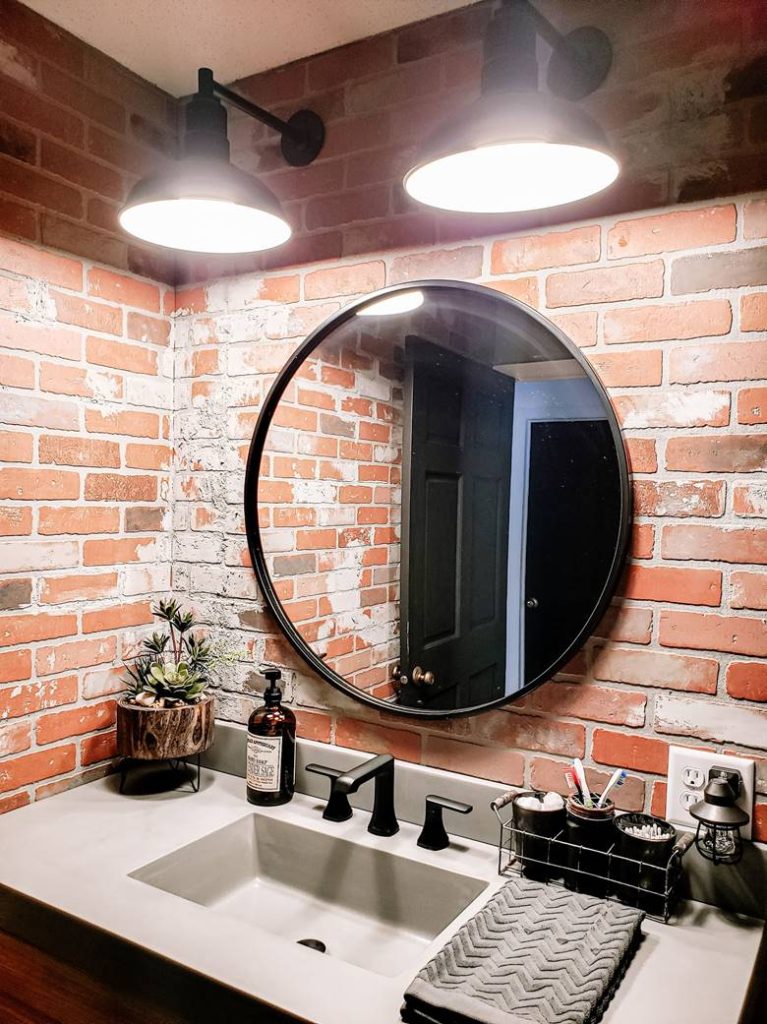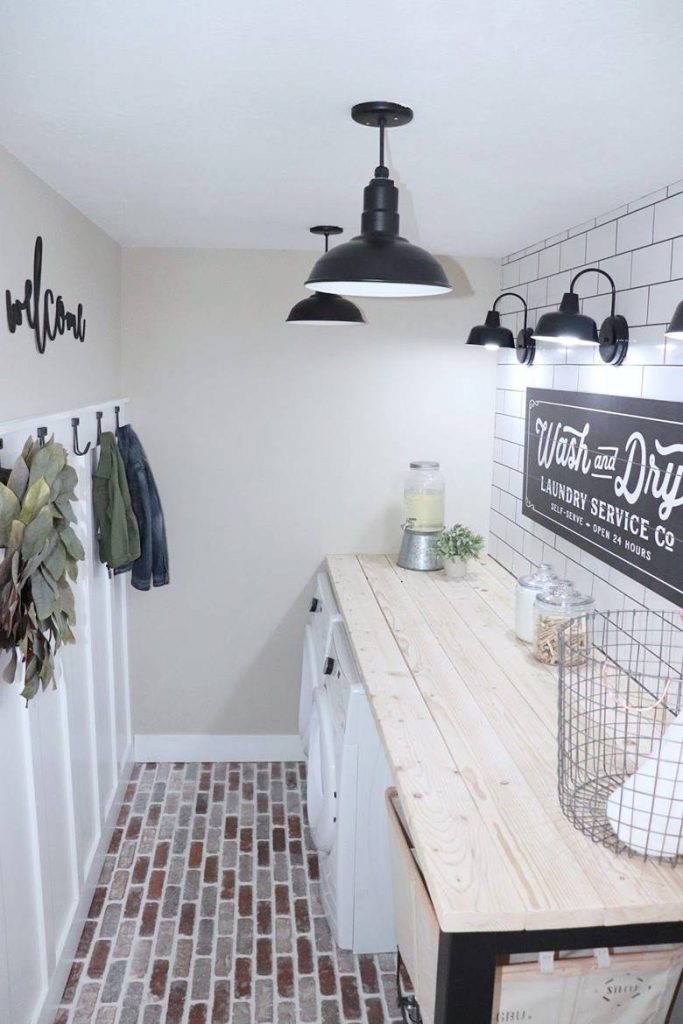Your cart is currently empty!
Summer’s here, and if you’re like most people, you’re probably thinking about ways to keep your home feeling fresh and comfortable during those hot months. While you might focus on air conditioning and fans, lighting plays a bigger role in how your space feels than you might realize.
The type of lighting you choose can literally make your room feel warmer or cooler. I’ve seen many times how switching from warm lighting to cooler tones can make a stuffy summer bedroom feel more breathable, or how the wrong lighting choice can make an already hot day feel even more oppressive.
Understanding the Basics: What Makes Light “Warm” or “Cool”
Before we get into the summer-specific advice, let’s clear up what we mean by warm and cool lighting. This isn’t about the actual temperature of your bulbs (though that matters too), but about the color temperature measured in Kelvins.

Warm lighting typically ranges from 2700K to 3000K and gives off that cozy, yellowish glow you’d get from a traditional incandescent bulb or candlelight. Cool lighting, on the other hand, sits between 3500K to 5000K and produces a whiter, more blue-toned light similar to daylight.
Our team has noticed that many people automatically assume cool lighting is better for summer, but it’s not always that straightforward. The right choice depends on your specific room, how you use it, and even your personal preferences.
Why Lighting Temperature Matters More in Summer
During summer months, your home is already fighting against heat from the sun, and believe it or not, your lighting choices can either help or hurt this battle. Warm lighting can psychologically make a space feel hotter, while cooler lighting can create the illusion of a more refreshing environment.
But here’s something interesting we’ve discovered: the psychological effect often matters more than the actual heat output from your bulbs. A room with cool lighting like the Hawthorne bedroom light pictured below just feels more refreshing on a 90-degree day, even if the temperature difference is minimal.

When to Choose Cool Lighting This Summer
Cool lighting works particularly well in spaces where you want to feel energized and alert. I personally recommend using cool lighting in home offices during summer months because it keeps me focused without adding to that sluggish feeling that hot weather can bring.
Kitchens are another great candidate for cool lighting during summer. When you’re already dealing with heat from cooking, the last thing you want is lighting that makes the space feel even warmer. Cool lighting helps maintain that crisp, clean feeling while you’re preparing meals just like the Laurel and Brentwood combination we have down here.

Bathrooms also benefit from cooler light temperatures in summer. Getting ready for work on a hot morning is much more pleasant under lighting that feels fresh rather than stuffy. Some of our team’s favorite bathroom setups use cool lighting around the mirror for tasks while keeping slightly warmer accent lighting elsewhere.
Where Warm Lighting Still Works in Summer
Despite what you might think, warm lighting isn’t off-limits during summer months. In fact, there are several situations where it’s still the better choice.
Bedrooms are where I still lean toward warm lighting, even in summer. Your body needs those relaxing cues in the evening to wind down properly, and cool lighting can actually interfere with your sleep cycle. Instead of switching to cool lighting, consider dimming your warm lights or using fewer fixtures during the hottest part of the day.
Dining rooms are another space where warm lighting continues to work well. There’s something about cooler lighting that makes food look less appetizing, and since summer often means more dinner parties and gatherings, you’ll want lighting that makes everyone look good and keeps the mood comfortable.

Living rooms can go either way, but if yours is a primary relaxation space, warm lighting might still be your best bet. A personal favorite approach is using warm lighting with good ventilation – ceiling fans, open windows, or good air conditioning can offset any psychological heat effect. You would agree that our Venice light infused with warm lighting (as pictured) does make one feel “cozy”
Smart Strategies for Summer Lighting
One approach that’s becoming increasingly popular is using adjustable lighting systems. Smart bulbs that can shift from warm to cool throughout the day give you the flexibility to adapt to both the temperature and your activities.
During the day, especially in work areas, you might prefer cooler lighting that keeps you alert and makes the space feel fresh. As evening approaches and the temperature hopefully drops, you can shift back to warmer tones that help you relax.
Layer your lighting sources too. Instead of relying on one overhead fixture, use a combination of table lamps, floor lamps, and accent lighting. This lets you control not just the color temperature but also the amount of light, which can help manage both the actual and perceived heat in your space.
Practical Tips for Making the Switch
If you’re considering changing your lighting for summer, start small. Try switching out the bulbs in one room and see how it feels for a few days. LED bulbs make this experimentation affordable and easy.
Pay attention to the other elements in your room too. Cool lighting pairs beautifully with lighter colors, natural materials, and good airflow. If your room has heavy, dark furniture and poor ventilation, cool lighting alone won’t solve your summer comfort issues.

Consider the direction your windows face as well. Rooms that get intense afternoon sun might benefit more from cool lighting, while spaces that stay naturally cooler might be fine with warm lighting throughout the summer.
In a Nutshell
Cool lighting can genuinely make hot summer days more bearable, especially in active spaces like kitchens and offices. But don’t feel like you need to banish warm lighting entirely. The key is being intentional about where and when you use each type.
And needless to say, the best lighting choice is one that makes you feel comfortable in your space. If warm lighting in your bedroom helps you sleep better, keep it. If cool lighting in your kitchen makes those hot cooking sessions more pleasant, go for it.
By and large, your comfort matters more than any design rule, and small changes in your lighting can make a surprisingly big difference in how your home feels all summer long.
Feel free to ask any questions that you might have about warm and cool lighting in the comments.